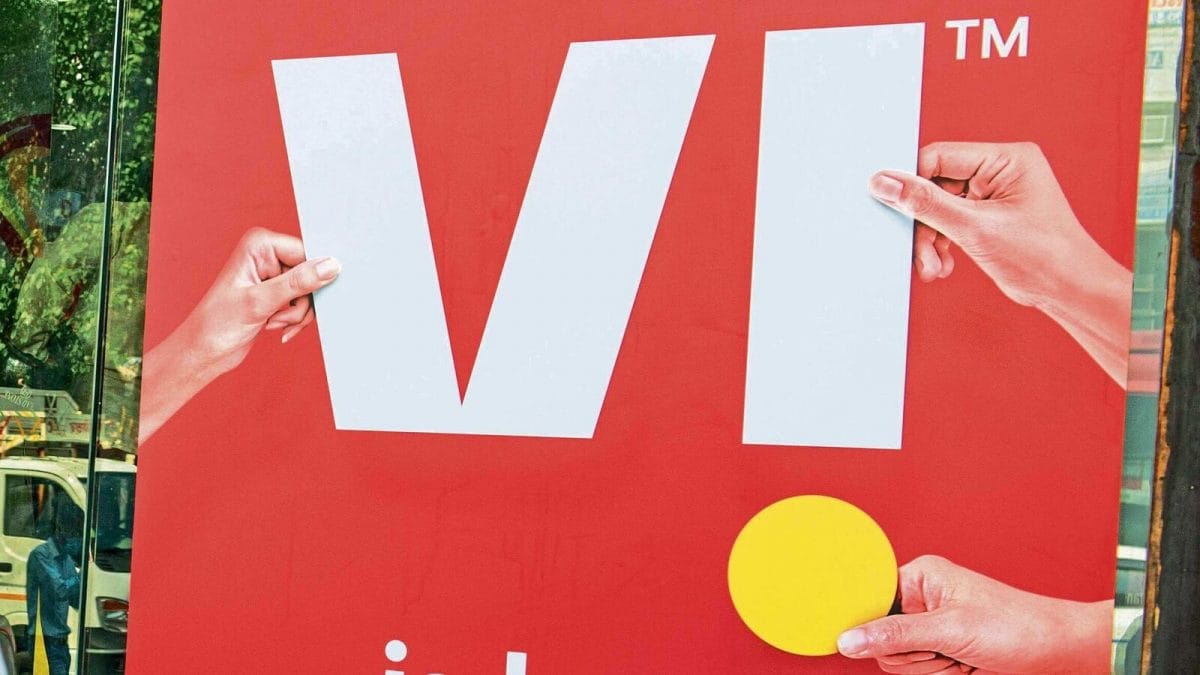Last Updated:
India’s trade deficit widens to an eight-month high of $27.35 billion during the month.

During April-July 2025-26, exports were up 3.07% to $149.2 billion, while imports increased 5.36% to $244.01 billion.
Snapping a two-month declining streak, India’s exports rose 7.29% to $37.24 billion in July, even as the trade deficit widened to an eight-month high of $27.35 billion during the month. Official data released on Thursday showed that imports grew 8.6% year-on-year to $64.59 billion in July 2025. The trade gap was the highest since November last year, when it stood at $31.77 billion.
During April-July 2025-26, exports were up 3.07% to $149.2 billion, while imports increased 5.36% to $244.01 billion. This resulted in a trade deficit of $94.81 billion for the first four months of the fiscal year.
Briefing the media on the figures, Commerce Secretary Sunil Barthwal said that despite global economic uncertainties, “India’s goods and services exports are doing well.” He added, “Exports have grown substantially, much higher than the global exports growth.”
Key sectors driving the export recovery included engineering, electronics, gems and jewellery, pharmaceuticals, and chemicals.
Meanwhile, ratings agency S&P Global has upgraded India’s sovereign rating to ‘BBB’ from its earlier ‘BBB-‘ on Thursday, August 14, while maintaining the outlook as ‘stable’. The move comes a day ahead of India’s 79th Independence Day.
The short-term rating has also been revised to ‘A-2’ from ‘A-3’, and the transfer and convertibility assessment has been upgraded to ‘A-‘ from ‘BBB+’.
“India is prioritising fiscal consolidation, demonstrating the government’s political commitment to deliver sustainable public finances, while maintaining its strong infrastructure drive,” S&P said in a statement.
S&P Global said the stable outlook reflects its view that “continued policy stability and high infrastructure investment will support India’s long-term growth prospects. That, along with cautious fiscal and monetary policy that moderates the government’s elevated debt and interest burden will underpin the rating over the next 24 months”.
In May 2024, the agency had shifted its outlook on the Indian economy to positive from stable, noting it could raise the sovereign rating if the fiscal deficit narrowed sufficiently for the net change in general government debt to fall below 7% of GDP on a structural basis.
A team of writers and reporters decodes vast terms of personal finance and making money matters simpler for you. From latest initial public offerings (IPOs) in the market to best investment options, we cover al…Read More
A team of writers and reporters decodes vast terms of personal finance and making money matters simpler for you. From latest initial public offerings (IPOs) in the market to best investment options, we cover al… Read More
view comments
Read More







